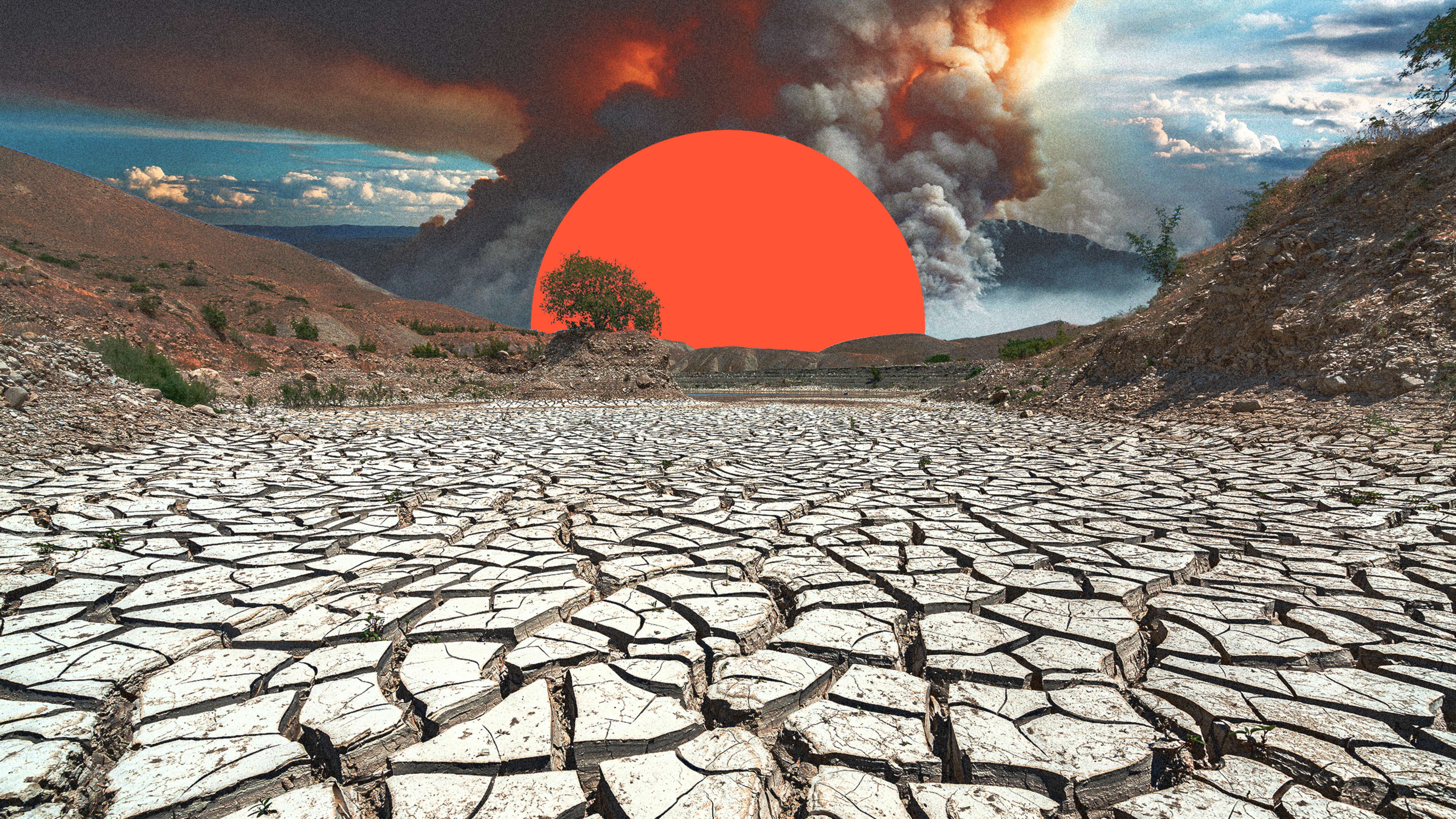The world economy depends on nature, from coral reefs that protect coastal cities from flooding to insects that pollinate crops. But by the middle of the century, the loss of key “ecosystem services” could cost the world $479 billion each year. The U.S. will lose more than any other country, with an $83 billion loss to the GDP per year by 2050.
That’s a conservative estimate. The projection comes from a report, called Global Futures, from World Wildlife Fund, which looked at only six of the services that nature provides and how those might change because of the impacts of climate breakdown, lost wildlife habitat, and other human-caused destruction of nature. (Many other services will also be impacted but can’t currently be accurately modeled; the study also doesn’t take into account the possibility of tipping points that lead to sudden, catastrophic losses of natural services.) By 2050, if the world continues on its current path, the global economy could lose $327 billion a year as we lose natural coastal protection from coral reefs, mangrove forests, and other natural systems. Another $128 billion could be lost annually from forests and peatlands that store carbon. Agriculture could lose $15 billion from lost pollinators and $19 billion from reduced water availability. Food costs are likely to go up, threatening food security in some regions.
In the U.S., the biggest losses will come from lost coastal protection and losses in marine fisheries. Because of the size of the U.S. economy, it will lose most in absolute terms. But developing countries will be hit hardest in terms of the percentage of GDP lost; Madagascar tops that list, followed by Togo, Vietnam, and Mozambique.
If the world radically changes course to more sustainable development, protecting areas that are most critical for biodiversity and ecosystem services, the global annual GDP could, instead, grow $11 billion by 2050. Businesses can help this happen by taking steps to make sure their supply chains aren’t damaging tropical forests and other key ecosystems, the report says. The nonprofit is also advocating for a “New Deal for Nature and People” that would help stop and reverse biodiversity loss by 2030. The current situation is bleak: Around half of the world’s corals have been lost in the last three decades. An average of around 12 million hectares of tropical forest has been lost each year in the last decade. More than 40% of insect species are at risk of extinction in the next few decades—and overall, a U.N. report last year estimated that humans have managed to put more than 1 million species at risk of extinction.
Recognize your brand’s excellence by applying to this year’s Brands That Matter Awards before the early-rate deadline, May 3.
